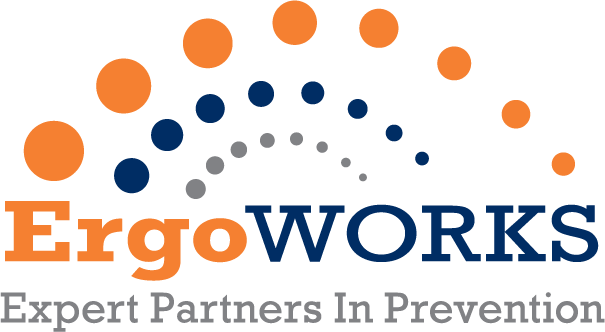Learn how to effectively use heat and movement at home to prevent injuries and promote overall well-being.
Understanding the importance of heat and movement in injury prevention
In order to achieve a healthy and active lifestyle, it is important to prevent injuries. One important aspect is understanding how heat and movement impacts injury prevention. Heat therapy increases blood flow and relaxes muscles, which reduces the risk of strains and sprains. Similarly, regular movement and exercise will improve your flexibility, strength, and balance, resulting in being less prone to injury. By incorporating heat and movement into your daily routine, you can significantly decrease the chance of getting injured at home.
It is also important to understand how heat and movement work together. Heat therapy, such as using heating pads or warm compresses, warms up the muscles before exercise and makes them more prepared for exercise and less prone to injury. Additionally, movement helps to distribute heat throughout the body, enhancing circulation and delivering oxygen and nutrients to the muscles and joints. By implementing both heat and movement, you can optimize injury prevention and enhance your overall well-being.
Using heat therapy to prevent common injuries
Heat therapy is a simple and effective way to prevent common injuries at home. Applying heat to an injury helps to alleviate pain, reduce inflammation, and promote healing. Heat therapy can be applied in various forms, such as using heating pads, warm towels, or warm baths. It is important to note that heat therapy should only be used for acute injuries or as a preventive measure, and not for chronic conditions or immediate injuries.
To use heat therapy effectively, first identify the affected area. Apply the heat source for 15-20 minutes, making sure to keep a barrier, such as a towel or cloth, between the heat source and your skin to prevent excessive heat directly on your skin. You can repeat this process multiple times daily, especially before physical activities or exercises. Ensure to consult a healthcare professional if you experience any discomfort or the pain worsens.
By using heat therapy in your injury prevention routine, you can help to relax muscles, increase blood flow, and lower the risk of common injuries such as strains, sprains, and spasms.
Incorporating regular stretching and exercise for injury prevention
Daily stretching and exercise are key components of injury prevention at home. Stretching helps improve your flexibility and range of motion, so your muscles and joints are less prone to injuries. It is important to perform both static stretching, where you hold a stretch for 15-30 seconds, and dynamic stretching, where you move through a range of motion to warm up the muscles before exercise.
Additionally, regular exercise is essential to injury prevention. Exercise helps to improve muscle strength, balance, and overall fitness, reducing the risk of falls and other accidents. It is recommended to engage in both a variety of exercises that utilize different muscle groups as well as cardiovascular activities to promote heart health.
Set aside time each day to incorporate stretching and exercise into your injury prevention routine. You can start with simple stretches and gradually increase the intensity and duration of your exercises as you build strength and flexibility. Always remember to listen to your body and not push yourself too hard because overexertion can increase the risk of injuries.
Utilizing proper body mechanics during daily activities
Proper body mechanics play an important role in preventing injuries during daily activities at home. Always maintain good posture and use proper lifting techniques to avoid strains and sprains. When lifting heavy objects, bend your knees, keep your back straight, and use your legs to lift rather than your back muscles.
In addition to lifting, paying attention to body alignment during activities such as sitting, standing, and walking can help to prevent unnecessary strain on your muscles and joints. Avoid slouching or hunching over, and make sure to distribute your body weight evenly. Using supportive footwear and ergonomic furniture can also contribute to maintaining proper body mechanics and reducing the risk of injuries.
By practicing good body mechanics, you can minimize the strain on your body and prevent injuries while performing everyday tasks at home.
Creating a safe and ergonomic home environment
Creating a safe and ergonomic home environment is crucial for injury prevention. Start by decluttering your living space to reduce the risk of tripping and falling. Make sure walkways are clear and well-lit, and install handrails where needed to provide support and stability.
It is also important to consider ergonomics when setting up workstations or performing repetitive tasks. Ensure that your desk and chair are at the optimal height to support proper posture and reduce strain on your neck, back, and wrists. Use ergonomic tools and equipment, such as adjustable keyboards and chairs with lumbar support to decrease the risk of musculoskeletal injuries.
Regular maintenance of your home is also crucial for preventing injuries. Check for loose handrails, slippery surfaces, and faulty electrical or plumbing systems, and address any issues promptly. By creating a safe and ergonomic home environment, you can reduce the risk of accidents and injuries.


